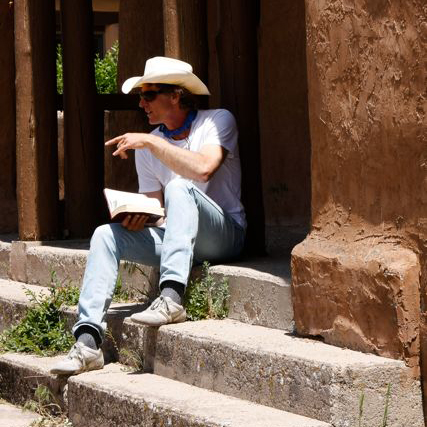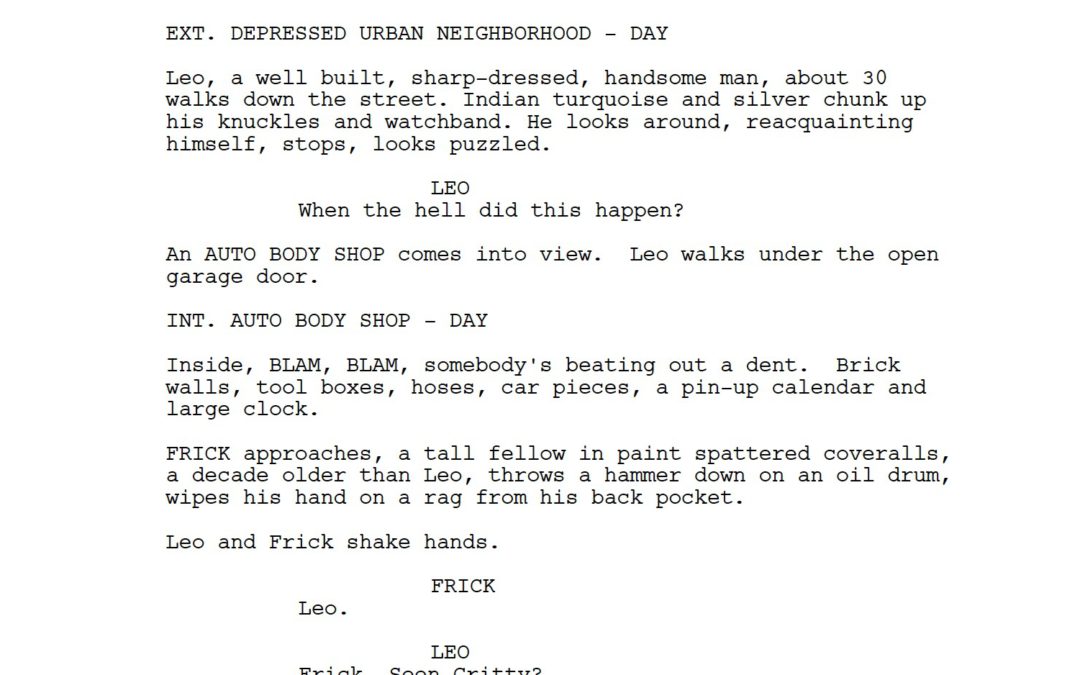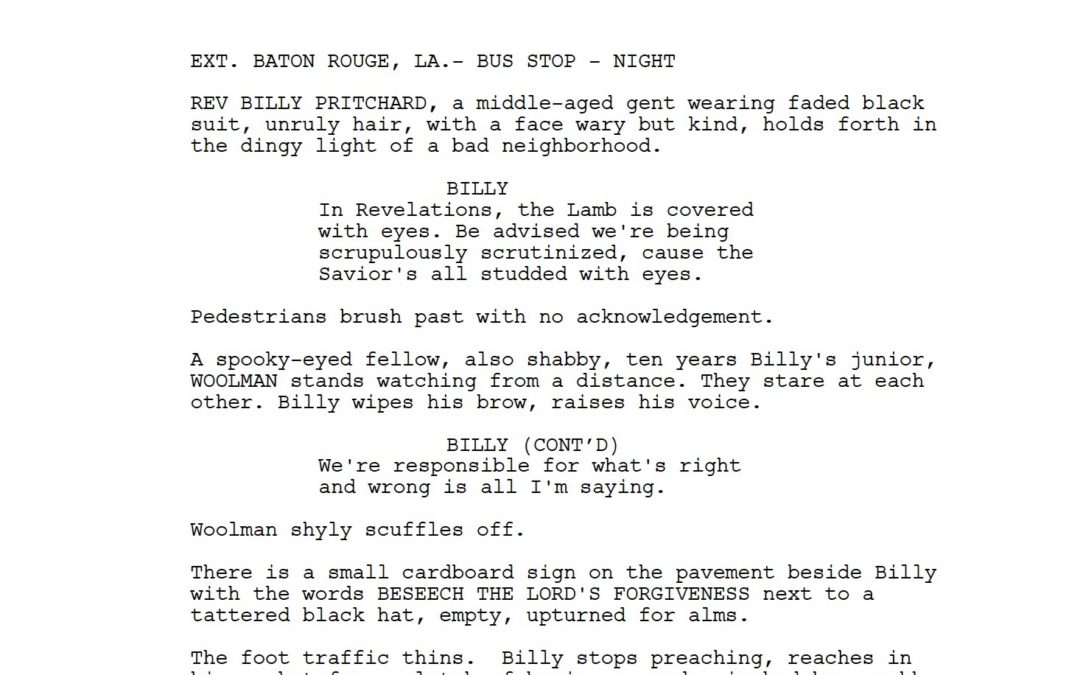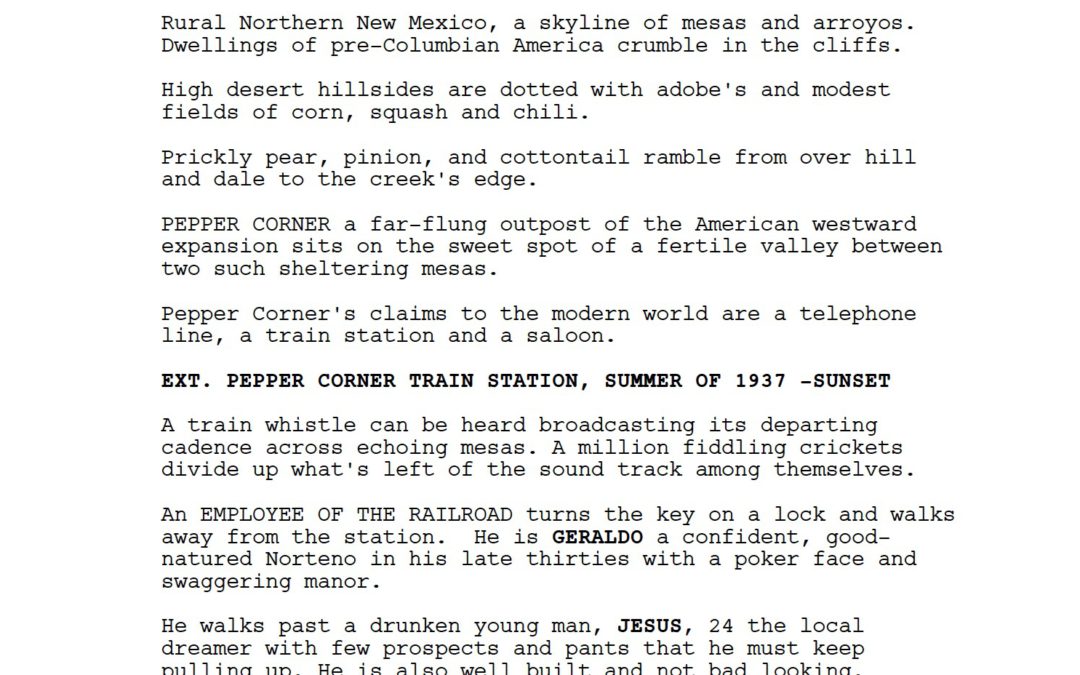
Screenwriting
I wrote my first screenplay “Uncommon Bonds,” by candlelight, on a battery powered typewriter, while living in a 100- year-old miner’s cabin and being a carpenter during the day.
Upon completing my second feature length screenplay, “Coyote Paints the Town,” I submitted it and was admitted to the Aspen Screen and Play Writer’s Conference, with William Kelley (academy best screenplay co-winner for “Witness.”) With the personal encouragement of Mr. Kelley, I helped form the Aspen Screenwriter’s Roundtable and was a regular attendant until moving away in 93. In 94 I met crashed numerous parties at Telluride film festival 94, in an attempt to drum up interest in “Coyote Paints the Town.” This led to a look by Columbia Pictures. Later that year I pitched it to a development exec with ties to Warner Brothers. Both attempts stalled out and just left me hanging there wondering how to play in that world.
After numerous attempts, I grew disillusioned with trying to find a place in the movie business. At that same time, I was beginning to feel like 100 pages was a rather confining limit. I wanted more space for a story to stretch out and allow for deeper character development, subtler plot dynamics and loads more detail, of the kind I admired in the novels of Saul Bellow, Lawrance Durrell, Norman Mailer and Gore Vidal. I studied the collected works of women writers as well, beginning with Anais Nin, Isak Dinesen and Ursula Le Guin. The devotion to writing long form fiction took me on about a 20 year, three novel, detour before I got back down to the art of screenwriting.
In 2008 it was my pleasure to study the craft, four days a week for 9 months, with Tom Musca, of “Stand and Deliver” notoriety. Tom was adept at the art of story structure. In addition, I was able to attend a number of lectures and a screenwriter’s weekend with Emmy award winning writer-producer Kirk Ellis. A subsequent 10 year commitment to writing screenplays led to another bout of frustration with breaking into the industry. Each year, I would apply with a new original feature to Sundance Screenwriter’s lab. The best I could manage was a second round nod for my social drama, “fathersfailure.com.”
The best screenplays disappear from our attention, while they achieve an intricate clockwork of connections that turn simultaneously on every beat.


